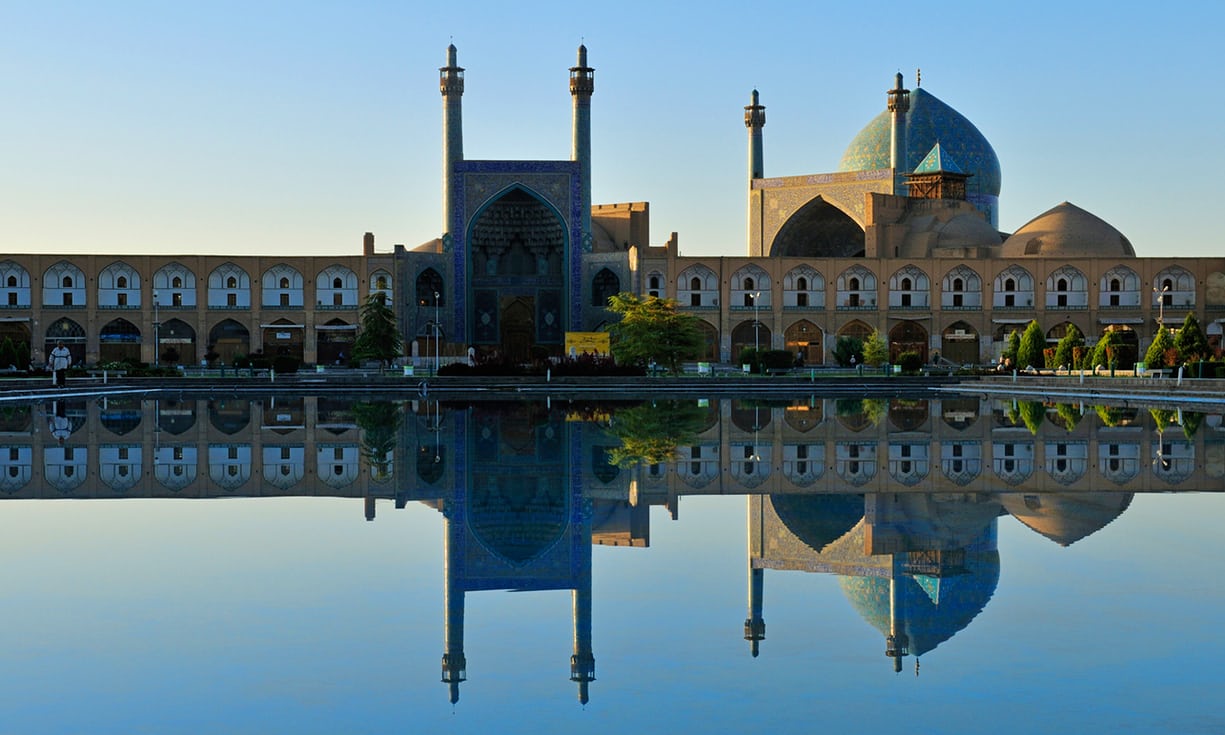BEAUTY OF ASIA: ISFAHAN, IRAN with story
Isfahan reached its zenith when Abbas I of Persia moved his capital to the city, turning it into one of the most populated and prosperous cities of the time. Abbas I undertook ambitious urban development and design projects, which resulted in the creation of beautiful boulevards, covered bridges, palaces, mosques and even bathhouses. One of these projects was the 90,000m squared Naqsh-e Jahan Maidan, which is still one of the largest squares in the world. Toward the end of the 16th and 17th centuries, Isfahan became an international city. With over 1,800 caravanserais (traditional inns), Isfahan played host to merchants traveling between China and the Ottoman cities, and Russia and the Persian Gulf.
With almost 50 religious colleges, Isfahan became the centre of Shia scholarship but it was also famed for its painters, silk crafters, metalwork and ceramics. Isfahan was known as ‘half of the world’ – a nickname bestowed upon it by a French tourist. It became a model for urban development in other cities like Hyderabad, India, which was known as ‘new Isfahan’.
Contemporary Isfahan, the third most populated city in Iran, has been at the centre of a debate around urban modernisation for years. For 1,500 years Isfahan has repeatedly experienced political and cultural upheavals. But today’s urban youths are trying harder than ever to hold on preserve its ancient heritage while turning it into an international metropolis again.
nice light !
thank you sir :)